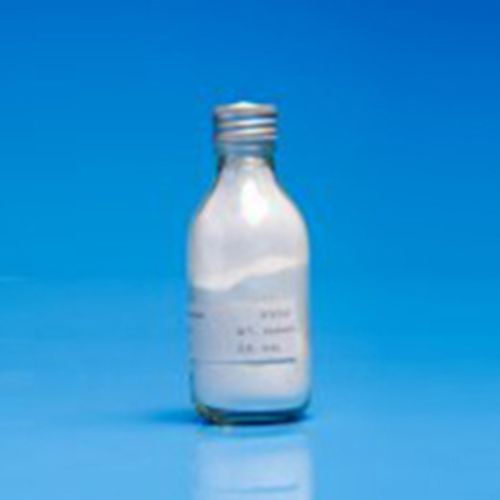Human menopausal gonadotropin ACTS on the corpus luteum of menstruation and binds to the receptor on
the cell membrane of corpus luteum to increase the corpus luteum into the corpus
luteum of pregnancy. It increases the secretion of steroid hormones to maintain
pregnancy until the trophoblast cells themselves produce enough progesterone to
maintain the decidual membrane of pregnancy.
Promoting the aromatization of androgens into estrogen and stimulating the
formation of progesterone;
Human menopausal gonadotropin has similar biological activity with luteinizing hormone (LH) and can
induce ovulation in combination with human menopausal gonadotropin (HMG). It is
of great significance to the treatment of male patients with pituitary joint
defect, which can not only promote gonadal development and the secretion of male
hormone, but also promote the development of secondary sexual
characteristics.
Human menopausal gonadotropin suppresses the immunity of lymphocytes and protects the trophoblastic
layer from the mother's immune attack with a hormone barrier.

Detection principle
Immunological monoclonal antibody colloidal gold is often used in clinic.
Two purplish red lines were positive and only one purplish red line was
negative. This method is simple, fast and sensitive.
Clinical significance
Human menopausal gonadotropin detection is mainly used for:
(1) early pregnancy diagnosis, generally in pregnancy after 35 ~ 40d, HCG
level in 200ng/L above, 60 ~ 70d peak, commonly used test methods can show
positive results;
(2) abortion diagnosis and monitoring;
(3) diagnosis of ectopic pregnancy;
(4) diagnosis and observation of pregnancy trophoblast diseases.